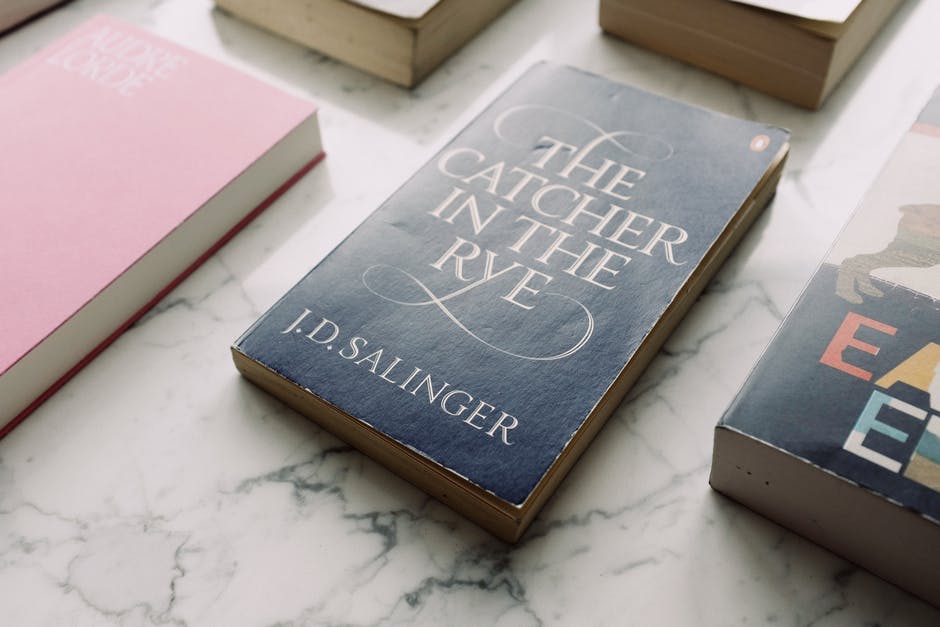A Guide to Paperback Printing Options
According to UNESCO,
over 2.2 million books are printed every year. It’s now even easier than ever to get started with paperback printing.
If you want to print your book, you will also have access to quite a number of printing options.
Let’s take a look at the soft cover book printing options you’ll be able to choose from when printing your new book.
Materials Options
The paper you choose can vary greatly. Depending if you want thinner pages or thicker ones. Paper thickness is often measured in
grams per square meter (GSM). For your book, you can choose between 60 gsm/40 lb to 157 gsm/100 lb.
Comparing paper to newspaper is generally 35 to 48 gsm/ 3 pt newsprint, household printer paper is 128 gsm/80 lb to 157 gsm/ 100 lb, and business cards may be 350-400 gsm or 235 lb. You can also choose the color of your paper among groundwood, which is a gray-beige or eggshell color, cream, or white.
You can also choose from coatings and other options for your book. Either choose to leave the pages uncoated or add either matte or gloss coating. Uncoated is popular for text-based books, while coatings can add shine and make images richer.
Cover Options
The printer trims paperback books so the text pages and cover are flush all the way around. But, you can also have a cover with flaps. The cover extends about three inches on the front and back. You can fold the flap back and can even print on the flaps.
A cover can be either matte or glossy. A matte cover will have a soft, polished feel but doesn’t have a glare. A gloss cover will have a smooth finish with a high shine.
Also to add some finesse to the cover by having the title foil stamped, embossed, or blind embossed. Foil stamping will give you an eye-catching look. The printer will depress the title lettering and add foil.
Embossed or blind embossed lettering can also make your cover stand out. This technique involves raising the lettering on the cover and adding foil. However, with blind embossing, there is no foil added.
Book Binding Options
When it comes to choosing a book binding, you have a few options including perfect binding and saddle stitching. However, within these categories, there are a few more options too.
If your book is less than 96 pages, depending on the weight of the paper, you can choose to have a saddle stitch binding. The pages are folded, then stapled together along the fold of the spine. This is in contrast to side stitching, where the staples are along the edge of the spine.
Perfect binding is commonly found on books in many bookstores as they take up little space. The pages, which are in several sections, are glued together at the spine. They are then milled in the back and attached to the cover.
While most
perfect bound books are glued, you can alternatively have a signature sewn or signature sewn and glued.
Another option is where notches are made into the spine to allow the glue to better adhere to the spine. This option, often known as notch binding, leads to a more durable book.
Choose Your Preferred Soft Cover Book Printing Options
Soft cover book printing gives you the perfect way to have your book printed exactly as you wish. You’ll have plenty of opportunities to choose the perfect soft cover options for you, from the cover to the materials to the binding.
Request a
quote from PRC Book Printing to get started with printing your soft cover book today.
